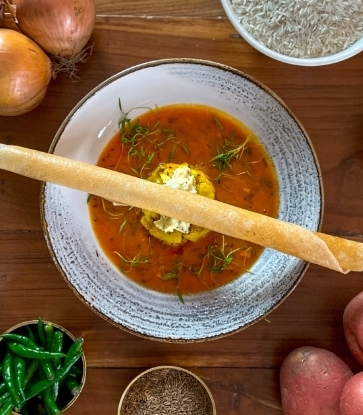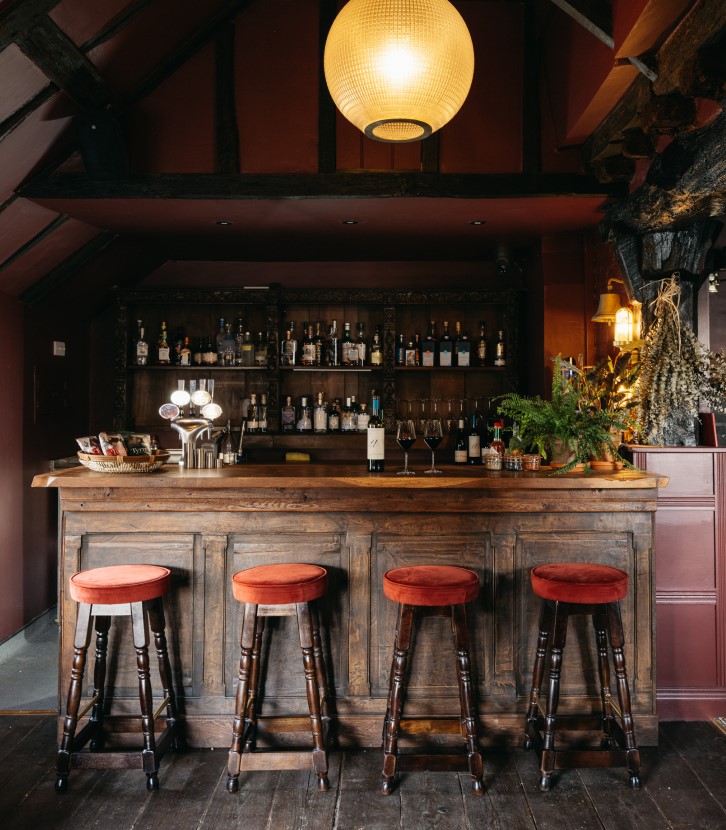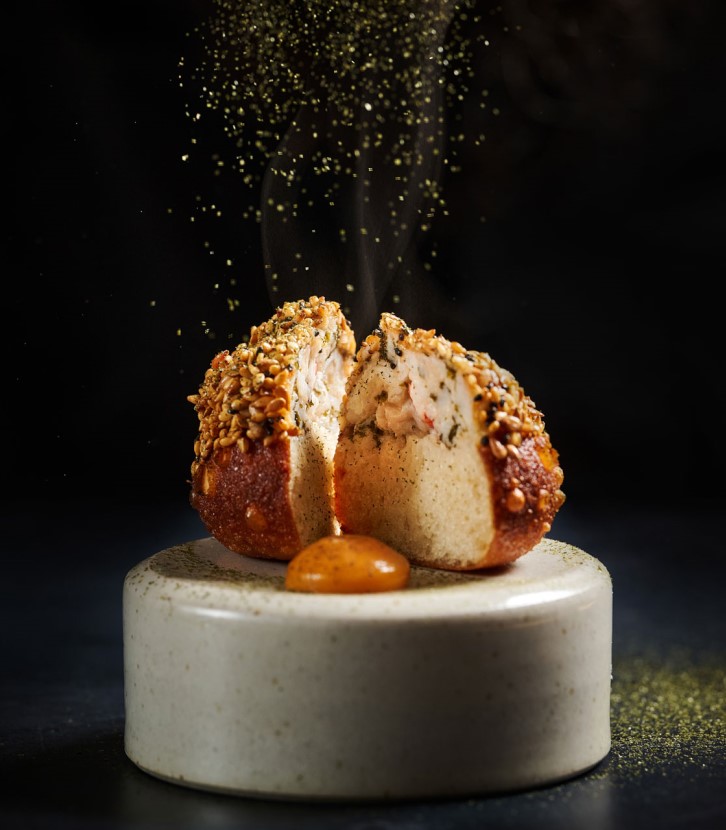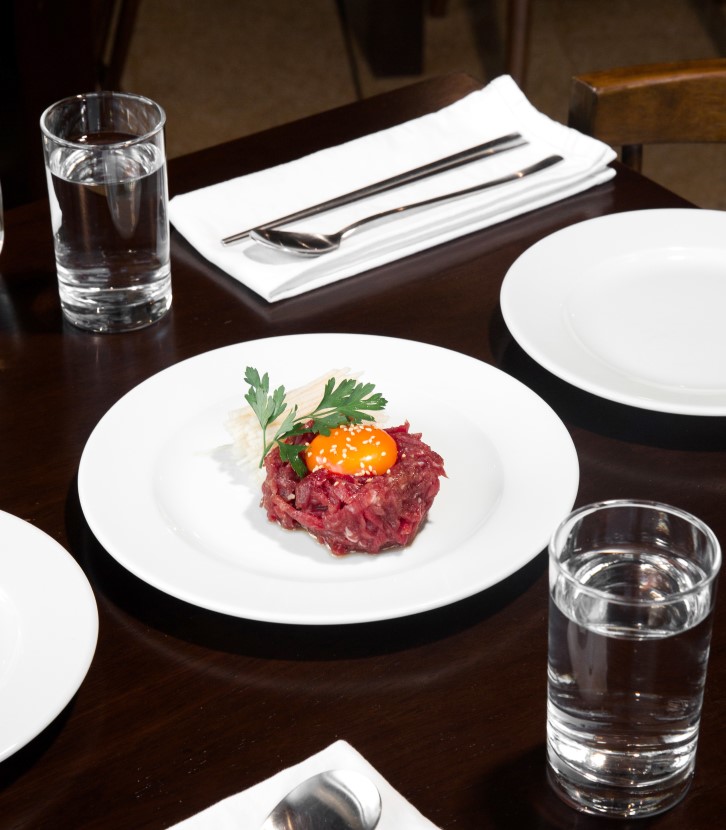Diwali, the festival of lights, is a joyous religious holiday celebrating the victory of light over darkness. Most commonly associated with Hinduism, versions of Diwali also form part of Sikhism and Jainism, with over a billion people across the world honouring the occasion. This year, Diwali falls on 20th October. Among the restaurants and hotels offering special Diwali celebrations is the One-MICHELIN-Key Farlam Hall Hotel and its One-MICHELIN-Star restaurant, Cedar Tree by Hrishikesh Desai.
To help you add some last-minute magic to your own Diwali feasts at home, Hrishikesh has shared recipes for three of his favourite sweet treats. Before we delve into his full recipes, we asked Hrishikesh some questions about his, and Farlam Hall’s, Diwali celebrations.
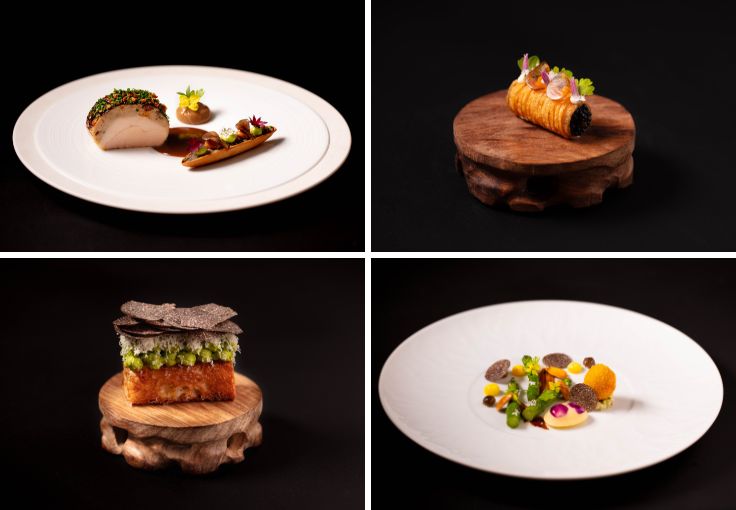
An Interview with Hrishikesh Desai
What does a typical Diwali look like for you? What will you eat?
This year at Farlam Hall we want to celebrate the Diwali by highlighting regional cuisines of India and paying homage to the old-school 100 to 150-year-old cafés that still create their signature dishes with the same mouthwatering recipes. For me, this year's Diwali is all about exchanging my childhood experiences with our guests at Farlam Hall.If I were to celebrate Diwali with my parents who are in India, then the most typical scene will be a super spring cleaning of the house. This means painting of the walls, replacing very old furniture, buying gold and silver jewellery, fancy clothes and of course filling the house with Diwali snacks that last for almost a month. Normally, I will be eating Chiwda (spiced flattened rice with coconut), Kaju Katli (ground cashew nut fudge) and Nankhatai (nan means bread & Khatai in Persian means sweet but to make it simple, it’s an Indian version of shortbread) – and I will have dinners with my relatives.

Tell us about what you have planned for Diwali at Farlam Hall.
This year, guests at Farlam Hall will enjoy a three-day celebration of Diwali, filled with food, culture and tradition.Day One: A Warm Welcome
- Guests will be greeted with flower garlands and treated to a traditional Indian-style afternoon tea paired with a spiced sparkling cocktail.
- A henna specialist will be on hand to create intricate designs on guests’ palms.
- In the evening, a 'Northern Culinary Delights of India' dinner will showcase lesser-known regional cuisines – from the rich Wazwan traditions of Kashmir to the Awadhi art of Dum Pukht cooking.
- Before dinner, the traditional Diya lighting ceremony will be held in a specially erected tipi.
Day Two: Cafés of India
- After breakfast, guests (weather permitting) will take a gentle walk to Talkin Tarn.
- On returning, they will enjoy a light lunch before preparing for Laxmi Pujan, which begins with a fire show curated by myself, accompanied by Taittinger Champagne and snacks.
- Dinner will be inspired by the iconic cafés of India, bringing back the flavours of Pune’s Good Luck Café (kheema pav), Kayani Bakery and the Indian Coffee House of Kolkata, among others.
- Chefs will prepare dishes over charcoal, griddles and open flames, evoking the spirit of authentic street and café food.
Day Three: A Grand Finale
- Guests will enjoy a relaxed morning at leisure.
- In the evening, they will don black-tie attire for a seven-course signature dinner featuring highlights from Farlam Hall’s kitchen so far.
- The evening will also include a raffle, with proceeds donated to Hospitality Action.
What’s your top tip for people preparing their own Diwali feasts at home?
- Plan in advance.
- Cook within your comfort zone, but don’t be afraid to experiment.
- Try preparing one recipe a day for 12 days before Diwali – by the festival, you’ll have 12–14 snacks ready, perfect for entertaining.
- Use the best quality ingredients. Like Christmas, Diwali comes only once a year, so it deserves the finest.
Hrishikesh Desai's Diwali Recipes
Amba Barfi
"In India we celebrate Diwali with this mango and cardamom fudge that's very simple to do. You will need a 15cm x 15cm baking frame, a small baking try and some greaseproof paper."Ingredients
- 375g pure alphonso mango pulp
- 150g caster sugar (+50g if required)
- 2g cardamom powder
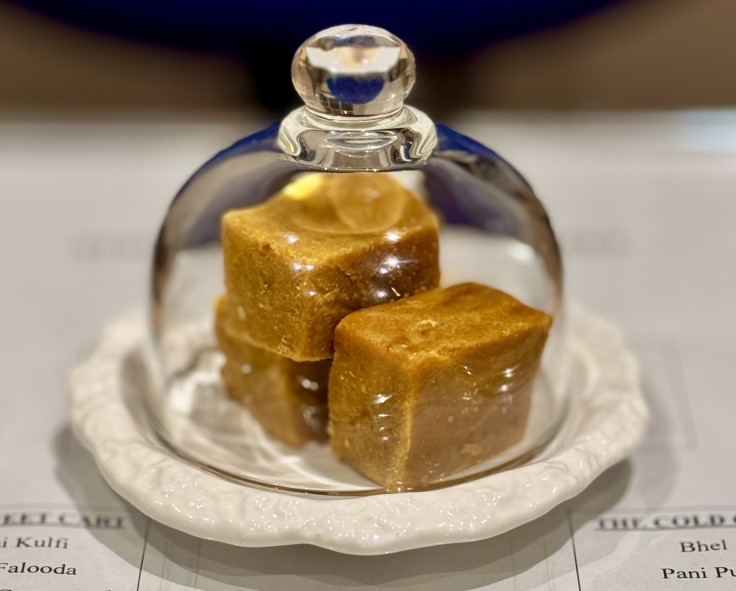
Method
- Place a wide-bottomed pan over a medium-high heat.
- Add the mango pulp and 150g of caster sugar. Bring to the boil. Once bubbling, keep stirring until the mixture starts to thicken.
- Reduce the heat to medium, ensuring the mixture doesn't stick to the pan. Keep stirring until the mixture is reduced by half. Take off the heat.
- Taste a small amount with a teaspoon to check the sweetness. If not sweet add the extra 50g of caster sugar in two parts. (The alphonso mango pulp can vary in sugar and hence it is advised to add caster sugar in two parts to ensure the mix is not too sweet.)
- Once happy with the sweetness, keep cooking over a medium heat until the mixture starts leaving the sides of the pan.
- Add cardamom powder, cook further and then pour into the square baking frame placed on greaseproof paper and set on a baking tray.
- Allow to cool completely. Cut into desired shapes and enjoy.
Tips
- Some like sprinkling chopped dried fruits, pistachios and cashew nuts along with toasted coconut to give extra texture and flavour.
- The fudge can be stored in the fridge.
- The fudge should not be sticky.
Nankhatai
“Although not a proper Diwali snack, I used to love making these during Diwali with my mum because they are really good for dunking in masala chai, very easy to make and all the ingredients were easily available at home as mum used to cook so many other delicacies for Diwali.”Ingredients
- 120g all-purpose flour (sieved) + some for dusting
- 1tsp baking powder
- 6 green cardamom pods (shelled, seeds ground to a fine powder using pestle & mortar)
- 80g caster sugar
- 75g soft unsalted butter or ghee

Method
- Pre-heat the oven to fan 180°C.
- Take a medium-sized mixing bowl and add the flour, caster sugar, baking powder and cardamom. Mix thoroughly.
- Make a well in the centre and add the soft unsalted butter or lukewarm ghee and start mixing with the flour to a breadcrumb consistency.
- Once the breadcrumb consistency is obtained, knead for a minute further to obtain a stiff dough. This will resemble similar to a sweet pastry. Allow to cool for 15-20 minutes.
- On a clean surface, sprinkle some flour and place the dough on top. Roll to approximately 1cm thick.
- With the aid of a 5cm diameter cookie cutter, cut the cookies and place on a baking tray lined with greaseproof paper.
- Place the tray in the oven and bake for 12 to 15 minutes until the cookies are golden brown in colour.
- Allow to cool and then store in an airtight jar.
Kaju Katli
Ingredients
- 240g whole cashew nuts (the best quality you can find)
- 100g water
- 160g caster sugar
- 4 green cardamom pods (shelled, seeds ground to a fine powder using pestle & mortar)
- 20g lukewarm clarified butter (split into 15g & 5g)
- 1 pack of edible silver leaf (optional)

Method
- Preheat the oven to fan 180°C. Spread the whole cashews over a baking tray lined with greaseproof paper. Place the tray in the oven and gently roast the cashews until a very light golden colour. This will help in removing any excess moisture. Allow to cool thoroughly.
- Once the cashews are cold, they will be firm. Place them in a high-speed blender and ground to a fine powder. Do not overrun the blender or else the oil will split. Sieve the ground cashews to obtain a fine powder.
- Place a pan on a medium heat with the caster sugar and water. Dissolve the sugar with the aid of a spoon, ensuring the sugar does not stick to the side of the pan. Turn the heat on high and bring the syrup to the boil.
- Once the syrup is boiling, count for 30 seconds to obtain ‘one-string consistency’, then add the ground cashew nut powder and lower the heat.
- Stir and mix well with a wooden spoon to avoid any lumps. Keep cooking on a medium heat, stirring until the mixture thickens.
- Add the ground cardamom powder and 15g of the clarified butter. Keep cooking until the mixture thickens and is leaving the sides of the pan. As the mixture thickens and cooks you will also see that the mixture is moist and not dry.
- Remove the pan from the heat. Place a wooden spoon full of mixture onto a cool surface. Grease your palms with a small amount of the remaining clarified butter and roll the mixture on the cool surface. If you get a fudge/marzipan-like consistency, then the mix is ready. If not, then place the mixture back on the heat and keep cooking until this texture is achieved.
- Once the mixture achieves a fudge/marzipan-like consistency, then allow the mixture to go lukewarm. Do not let the mixture cool completely or else it will be difficult to roll.
- Sprinkle some icing sugar on a clean, cool surface. Place the cooled mixture on top and roll to a thickness of 0.5cm. Apply silver leaf and then allow the mixture to cool completely. At this stage the mixture will start to become hard.
- Once cooled, cut into diamond shapes, store in a cool place and enjoy!






